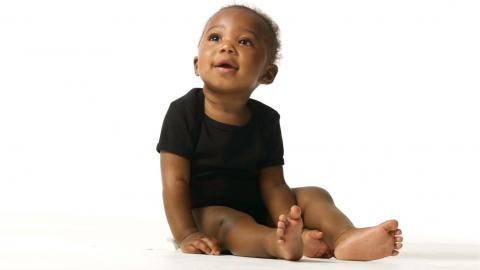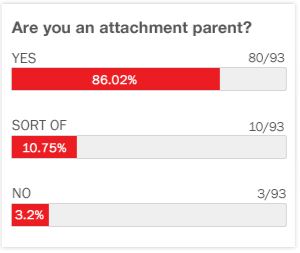Pluralistic education vs. progressive education
Comment
Watch Joel Pelcyger's video on Pluralistic education vs. progressive education...
189
Transcription:
First off in thinking about progressive and pluralistic we are often asked to compare the two. Pluralistic is progressive; progressive is not necessarily pluralistic. So progressive is thought of more in terms of non-traditional, in terms of dynamic instead of static, in terms of thinking about the whole child, thinking about a child centered curriculum, thinking about the parents and school being partners in education rather than the way that we’re supposed to be just all doing the same thing at the same time, more open-ended than that. There’s many more similarities than there are differences.
I feel like progress-and I feel like I’m a progressive educator-deals more in terms of issues like social justice, democracy, kind of changing society in a more global kind of way, more community service and service learning in that way. But pluralism is essentially different because it is a very different starting point. When I compare traditional education and progressive education I think that traditional education tends to be more static and people can think of it in terms of, you know, what you learn in school and what school’s supposed to be teaching you. And progressive education is thought of in terms of confidence that you have and feeling good about yourself or something.
I don’t believe in that kind of binary system really working because you can’t just be traditional, you can’t just be progressive. The key is to be pluralistic, to be everything, to build on what a child’s strengths are. So the difference with pluralism is that pluralism starts at a place that says this child is important. He’s five years old-I’m just talking about elementary school now-the child is five years old, he comes to school and is ready to learn and he’s learned all kinds of things in five short years of his life and brings an enormous amount of talent. And suddenly, we think that we should then program them in a certain kind of way because this is the way that school’s supposed to be rather than building on that excitement and that zest for learning that kids have.
You start with that and then you’re honoring each child, so you’re talking about the best version of that child, you’re talking about how they can fit in because they’re really proud of what they can do. Then maybe they’ll find some other people with common interests. Then they start learning about other people who are very different from them who are also valued. That’s the essence of pluralism, it’s not one way. It’s kind of the anti-dogma approach to education. It’s not Monasory, it’s not Waldorf , it’s not traditional it’s not progressive. It is saying the child, it’s a child centered program in learning about the child, who they are and making them feel good about who it is that they are. And you build out from that.
Watch Joel Pelcyger's video on Pluralistic education vs. progressive education...
Related Videos
Transcript
Expert Bio
More from Expert
Joel PelcygerHead of School
Joel Pelcyger is the Founder and Head of PS1 Pluralistic School, an elementary school for grades K-6. PS1 was founded in 1971 and is a family-oriented, independent, and non-profit school located in the heart of Santa Monica, CA.




 GET ACCESS TO ALL PREMIUM CONTENT WITH NO ADS FOR $4.99/MONTH
GET ACCESS TO ALL PREMIUM CONTENT WITH NO ADS FOR $4.99/MONTH




Login or Register to view and post comments